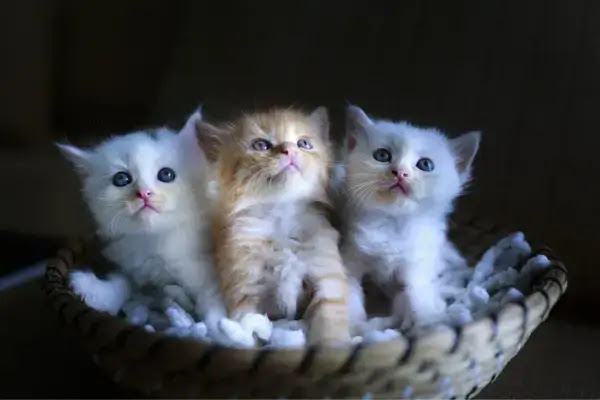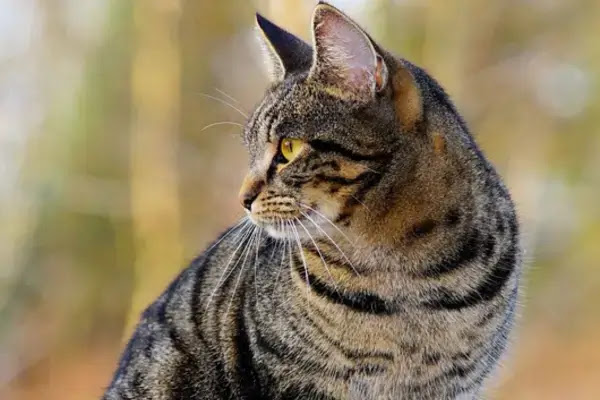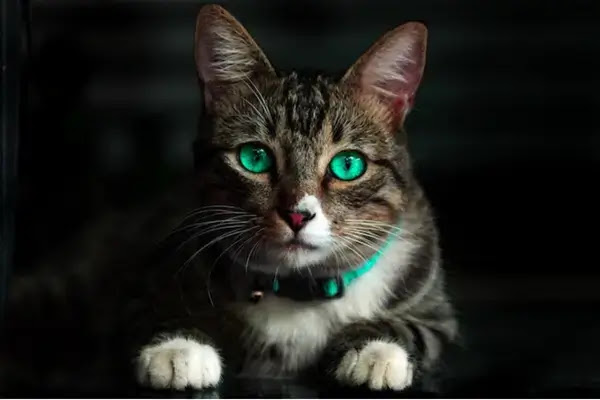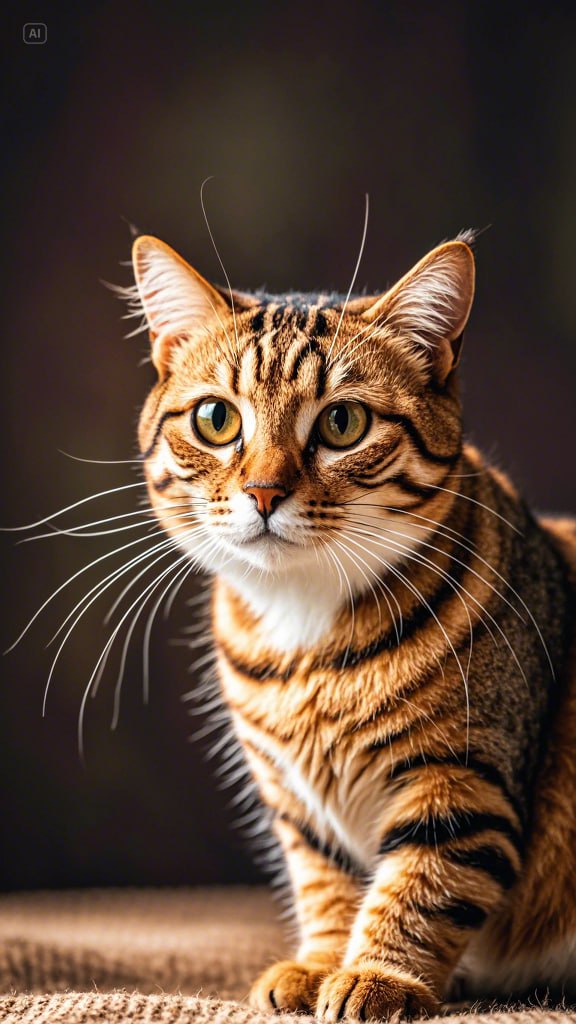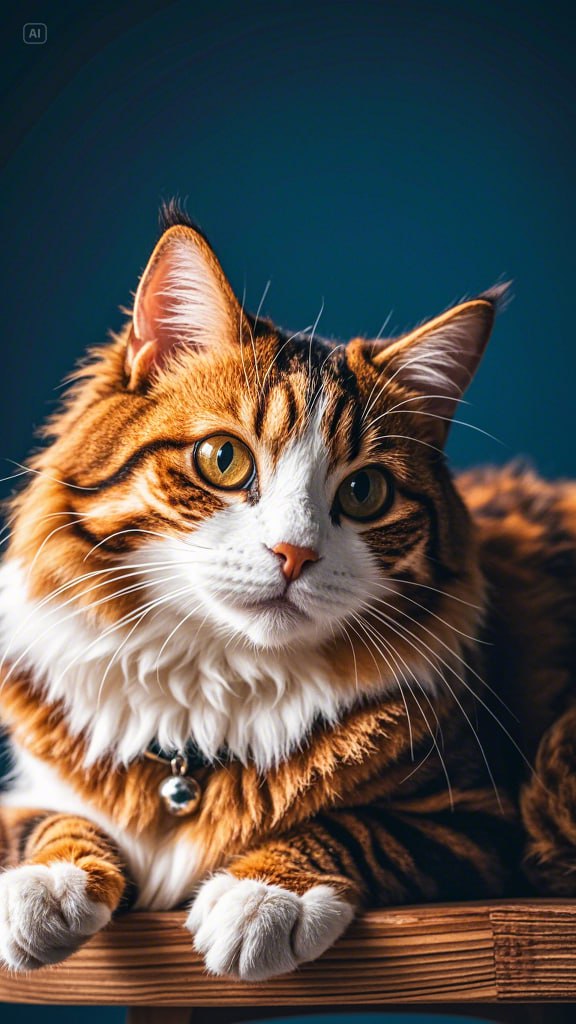Expert Care for Your Cats and Dogs with CatsLoveley: Comprehensive Solutions for Your Pet’s Health and Happiness
At CatsLoveley, we are committed to ensuring the happiness and health of your beloved pets. Whether you’re looking for expert cat sitting services or need advice on common issues like ear mites in cats, our team of professionals is here to help. We specialize in both cats and dogs, providing top-quality care and guidance so that your furry friends feel cherished and cared for. Trust CatsLoveley for all your pet’s needs and create a loving environment where they can thrive.
Hi, I Am Claudia Kirsk
At Catsloveley, we’re passionate about the well-being of your furry companions. Specializing in both cat and dogs, we provide expert care, training, and grooming to ensure they thrive. Our mission is to create a loving environment where your pets feel cherished and happy. Trust us to keep your beloved pets healthy, happy, and full of life. Beautiful Creatures.
Happy Readers
“Adopting a kitten was a big decision for my family, and CatsLoveley guided us every step of the way. Their practical advice and comprehensive articles helped us prepare perfectly.

Lorry Melon
Thanks to CatsLoveley, adopting our first puppy was a stress-free experience. The articles are clear, detailed, and cover everything from choosing the right breed to integrating the pet into our home. Their advice was invaluable, and I highly recommend them to anyone looking to adopt a pet with confidence.

Steve Smith
One of the best elder caregivers in the town. I loved their behaviour and how they treat people in general.

Elora
“Adopting a kitten was a big decision for my family, and CatsLoveley guided us every step of the way. Their practical advice and comprehensive articles helped us prepare perfectly.

krista

Frequently Asked Questions.
Lorem ipsum dolor sit amet, consectetur adipiscing elit, sed do eiusmod tempor incididunt ut labore et dolore magna aliqua. Ut enim ad minim veniam, quis nostrud exercitation ullamco.
Lorem ipsum dolor sit amet, consectetur adipiscing elit, sed do eiusmod tempor incididunt ut labore et dolore magna aliqua. Ut enim ad minim veniam, quis nostrud exercitation ullamco.
Lorem ipsum dolor sit amet, consectetur adipiscing elit, sed do eiusmod tempor incididunt ut labore et dolore magna aliqua. Ut enim ad minim veniam, quis nostrud exercitation ullamco.
Lorem ipsum dolor sit amet, consectetur adipiscing elit, sed do eiusmod tempor incididunt ut labore et dolore magna aliqua. Ut enim ad minim veniam, quis nostrud exercitation ullamco.















